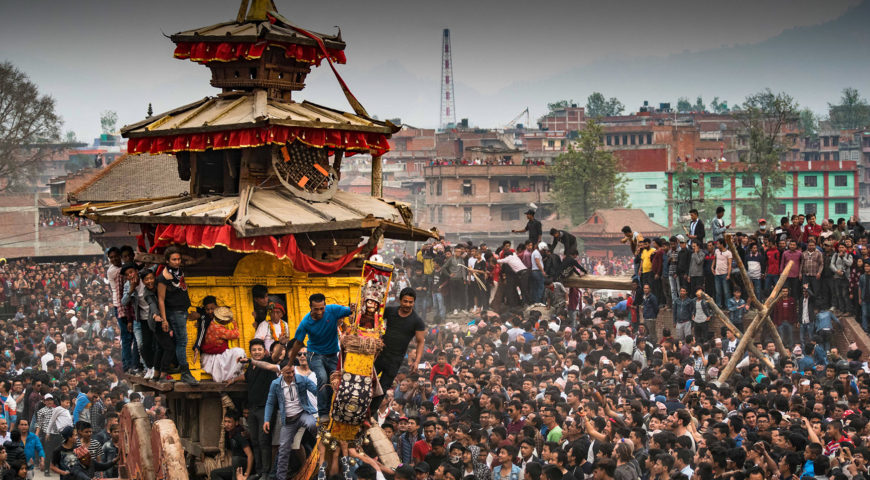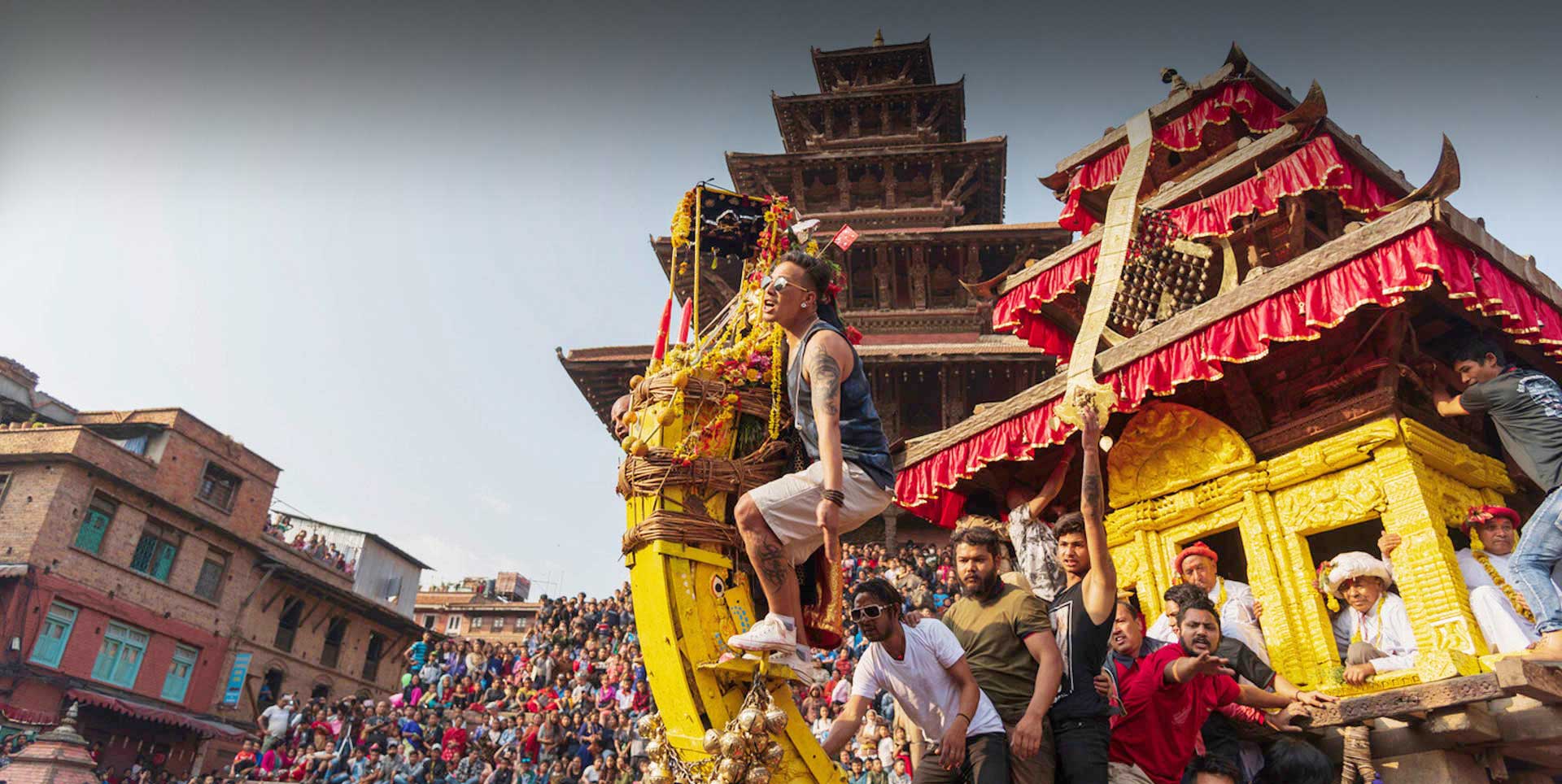
What Does Culture Mean to the People of Nepal?
Why is culture a highlight of Nepal and why does it matter so much to the locals of the country?
Numerous racial, cultural, and linguistic groupings make up the Nepalese people, which are frequently broken down into three main divisions: Indo-Nepalese, Tibeto-Nepalese, and native Nepalese. The Indo-Nepalese, who originated in India and have Caucasian characteristics and Indo-Aryan languages, immigrated from India over a period of several centuries. They have mostly settled in the Terai, lower hills, and river valleys. The higher highlands and mountainous regions are home to the Tibeto-Nepalese, who speak Tibeto-Burmese and have distinctly Mongolian traits. Buddhism, animism, and Hinduism are all practiced by various groups within this category. There are isolated tribes of native Nepalis, whose ancestors most likely came before the Indo- and Tibeto-Nepalese peoples.

The best part, however, of these three categories is that no matter where they go, they represent themselves by their culture. It’s almost like a part of their existence is all about culture. When you visit the country, you will see it for yourself. But what makes the people here attached to their culture and regardless of the extreme love everyone has for their culture, why aren’t there aggressive differences? Well, the answer is simple: Live and let Live. Nepal’s rich culture’s emblem is that previous statement.
For Nepalese, culture isn’t something to fight for but to celebrate. And, when nobody fights, conflicts over culture don’t exist. People here protect their culture by passing it to the youngsters because it has been passed from generation to generation that humanity only prevails when their culture is alive. People here don’t celebrate festivals just because they are meant to be celebrated, they celebrate them to keep the culture alive because culture is the soul of their lives. Just like what words mean to a poet, music means to a singer, canvas means to a painter, and culture means to the people of Nepal.